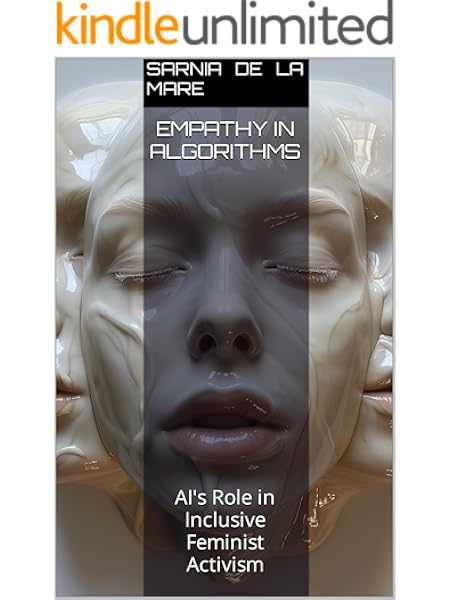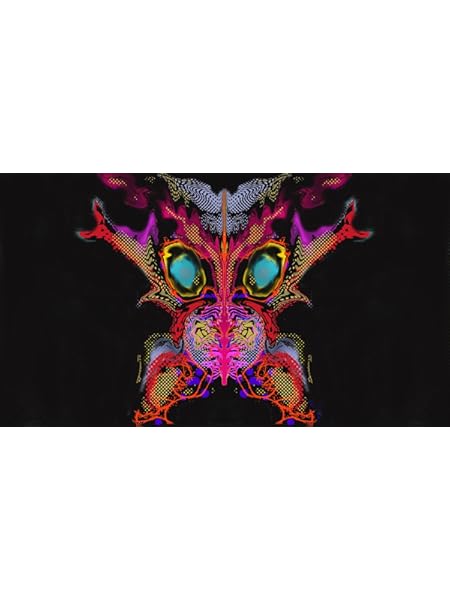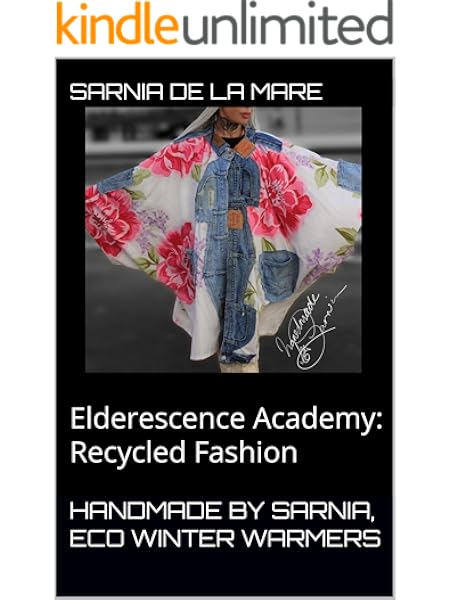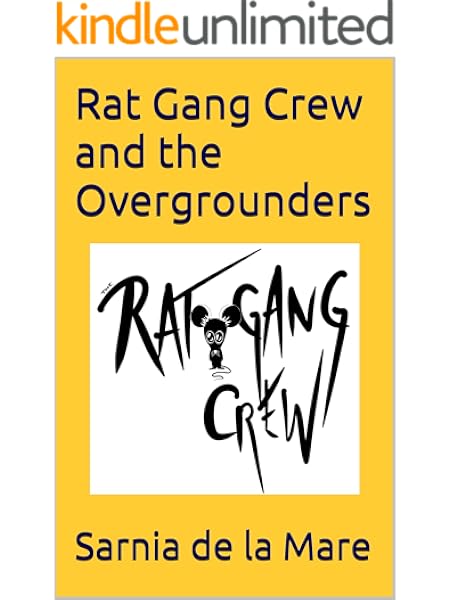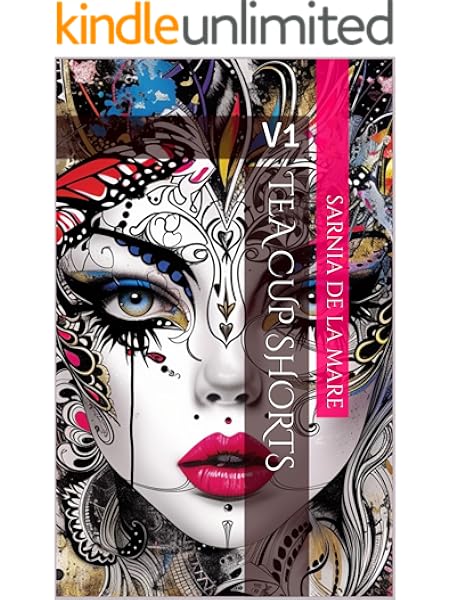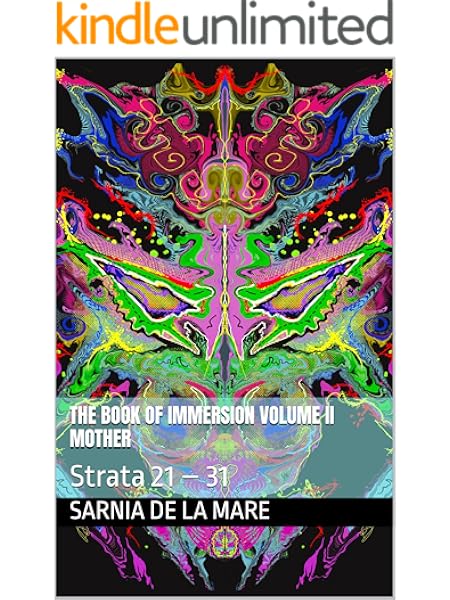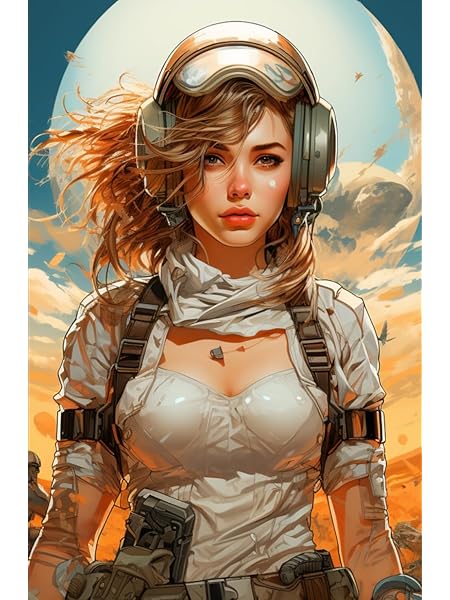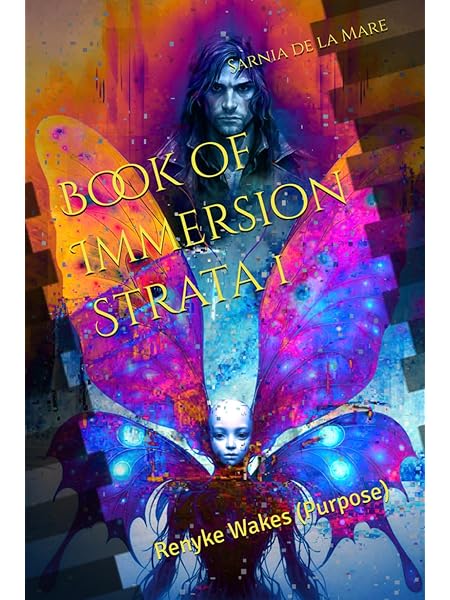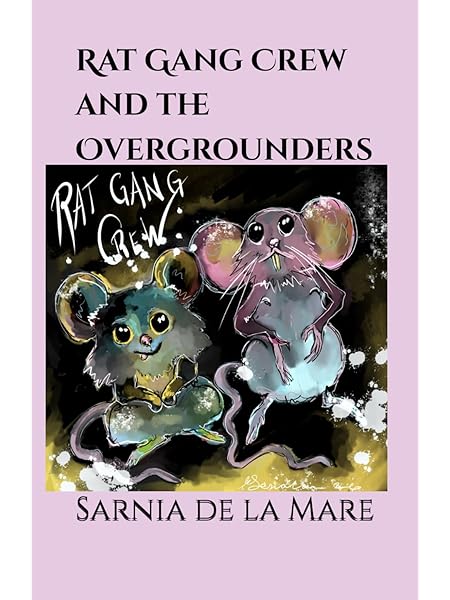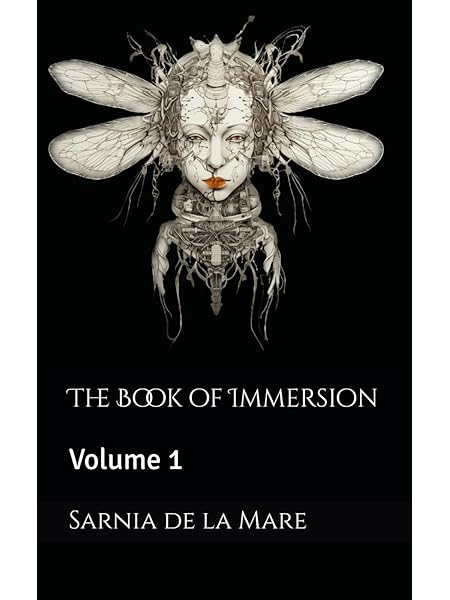Where the Noise Began—and Where it Ended Up
The room was hot, rank with beer and body odour, lights flickering through cigarette smoke. CBGB wasn’t a temple so much as a sewer mouth, coughing up sound. Patti Smith stood on the lip of the stage, lean and electric, her hair a dark storm around a face that refused to smile. She wasn’t pretty, and that was the point. Her voice cracked, sneered, soared. Every syllable spat into the microphone was an act of defiance: against the industry, against gender, against the idea that art should behave itself.
This was 1975, and something unnameable was happening in New York’s Bowery district. The Velvet Underground had already cracked the veneer of polite rock; Television, Talking Heads, and Blondie were tuning up in neighbouring basements. But the noise that mattered wasn’t just musical—it was philosophical. It was the sound of ownership. Women, for the first time in rock’s messy history, weren’t waiting to be discovered or desired. They were occupying.
Patti Smith declared that rock was “the highest form of art,” and she meant it in the most primitive way. No polish, no permission. A microphone, a reverb pedal, a poem. Her androgyny was not a costume but a weapon, and her performances blurred the line between invocation and insurrection. Debbie Harry followed in sequins, weaponising glamour the same way Smith weaponised language. Blondie was art-school subversion in disco drag: irony laced with fury.
And yet, while New York was birthing the attitude, London was preparing the revolution. Across the Atlantic, teenage girls were trading safety pins and spray paint for microphones. They watched news of the Ramones and Television through grainy photographs and thought, we can do that too — and better.
Poly Styrene’s voice was the anti-pop snarl the world didn’t know it needed. When she screamed “Oh bondage! Up yours!” it was both a declaration and a diagnosis — a manifesto for every woman who had been sold a fantasy of femininity wrapped in plastic. Siouxsie Sioux, cool as chrome, made aggression look regal. Viv Albertine of The Slits shredded the last vestiges of “nice girl” decorum on her guitar strings, her riffs a middle finger to etiquette.
If New York had created the noise, Britain gave it a body — loud, imperfect, and defiantly female. The American scene made rebellion sound intelligent; the British scene made it look dangerous. Punk had crossed the ocean and slipped into latex and eyeliner.
Vivienne Westwood’s boutique, SEX, became a laboratory for reinvention. Jordan Mooney prowled its shop floor like a high priestess of confrontation, her painted face and peroxide hair an affront to every office secretary in Britain. Westwood’s designs were part costume, part commentary, reminding the world that the female body could be armour as easily as ornament.
The British women of punk didn’t ask to join the movement — they were the movement. Their anger was domestic and political, their rebellion both aesthetic and existential. They screamed not just to be heard, but to rewrite the rules of hearing itself.
By 1978, the revolution had exported itself again — to Europe, to zines, to the underground film scene, to girls recording demos on cheap cassette decks. The scream had become a language.
II. The Silence Before the Scream
Before punk, there was a pause — a long, uncomfortable one.
Women in rock existed, but they were exceptions, not architects. They were allowed to sing, to shimmer, to ache, but never to threaten. The microphone was a prop, the guitar a novelty, and the industry a closed door disguised as a velvet rope.
The 1960s had promised liberation, but the revolution came wrapped in miniskirts and camera flashes. The women of pop were sold as fantasies: perfect hair, perfect heartbreak, perfect obedience. Dusty Springfield, Marianne Faithfull, Sandie Shaw — all voices of exquisite restraint, each framed by a male producer, a male songwriter, a male idea of what a woman should sound like.
Even those who broke through the mould — Janis Joplin’s raw howl, Grace Slick’s acid command, Nico’s haunted detachment — were treated as aberrations, not prophets. They were “wild,” “difficult,” “tragic.” Rock critics fetishised their pain but ignored their craft. The mythology of self-destruction became the only narrative permitted to a woman who sang too loudly.
The industry loved its muses and tolerated its sirens, but it had no vocabulary for women who wanted to make noise rather than music. The studio was male, the stage was male, even the rebellion was male. The Rolling Stones could swagger through sex and politics with impunity; a woman with the same energy was a scandal.
Then, somewhere between the last sigh of the hippie dream and the first crunch of distorted guitar strings, the silence cracked.
The economy was collapsing. Britain was broke. The future looked like a bin fire, and for the first time, young women realised they didn’t need to ask permission to be furious.
Punk arrived not as a style, but as an answer. It didn’t ask to be pretty. It didn’t even ask to be good. It only asked to be real.
For girls who had grown up watching Top of the Pops, this was revelation. The idea that you could take three chords, a cheap amp, and a sense of injustice — and exist loudly — was almost mystical. The barriers between audience and performer, between muse and maker, between femininity and ferocity — all of it could be torn down with a safety pin.
When Poly Styrene first stepped onto a stage in a day-glo dress and dental braces, she detonated decades of expectation. When Siouxsie Sioux stared down the camera in a black vinyl corset, she turned the male gaze inside out. When Ari Up, still a teenager, led The Slits in shredding reggae and patriarchy alike, she turned chaos into currency.
And in its place came feedback — shrill, messy, joyous feedback — the sound of women discovering that noise could be a form of freedom.
If punk had a creation myth, its gods were misfits — but its goddesses were prophets.
No one invited them to the table; they built their own, out of amplifiers and rage.
When Poly Styrene walked on stage in 1977, she looked like no one else in music. Small, brown-skinned, braces flashing under the lights, wearing a plastic dress from a charity shop. The male journalists called her “odd,” “shrill,” “unfashionable.” She called herself a germ-free adolescent. While her contemporaries mimed seduction, Poly dissected consumerism and identity with the same precision she used to shred through “Identity” and “Germ Free Adolescents.” Her lyrics were prophecies of modern feminism—body autonomy, mixed-race visibility, the politics of self-image—all shouted over jagged guitars.
Siouxsie Sioux, by contrast, turned herself into an icon of immaculate control. She wasn’t angry in the way the press wanted her to be. She was poised, predatory, imperial. Her stare was armour, her voice a scalpel. Where Poly exploded, Siouxsie carved. She took the aesthetics of fetishwear, Catholicism, and glam, and made them ritualistic—each performance a liturgy of power. For a generation of young women, she embodied the idea that you didn’t have to soften yourself to be seen.
The Slits were chaos incarnate. Led by Ari Up, their sound was neither punk nor reggae but something deliriously in between, as if the music itself refused to obey. They weren’t playing at rebellion—they were rebellion. Viv Albertine’s guitar work was jagged and glorious, a tangle of rhythm and dissent. She once said punk was “an attitude, not a sound,” and in her hands, even silence sounded disobedient.
And then there was Debbie Harry—the woman who proved that glamour and subversion could share a lipstick. Blondie were never purely punk, but Harry’s irony weaponised femininity. She looked like Marilyn Monroe through a cracked lens, singing about heartbreak with a smirk that said she’d caused it on purpose. In a scene allergic to beauty, she dared to be beautiful on her own terms.
Together, these women detonated every cliché that had been chained to the word female musician. They weren’t backup singers or groupies or ornaments. They were theorists, designers, strategists. Each was building a new mythology for what a woman could be on stage — feral, unfiltered, and untouchable.
The irony, of course, was that punk’s promise of equality wasn’t always honoured within its own ranks. The scene could be just as macho, just as exclusionary, as the establishment it claimed to despise. Women were still groped, dismissed, talked over. But they didn’t leave—they amplified. The scream had begun, and there was no turning it down.
What began in the basements of New York and the backrooms of London exploded again in Olympia, Washington, this time photocopied and stapled together.
The Riot Grrrl movement wasn’t about nostalgia. It was about inheritance — a generation of young women rediscovering the radical tools their mothers had dropped. They had no money, no managers, no patience. They had zines, cassette tapes, and a hunger to talk about what the boys refused to hear.
Punk had given women permission to scream. Riot Grrrl taught them how to organise.
The aesthetic was deliberately rough: handwritten manifestos, Xeroxed collages, DIY gigs in community halls. The message was sharp and unapologetic. Kathleen Hanna, fronting Bikini Kill, declared from the stage, “Girls to the front!” — not as a marketing slogan but a physical act of reclamation. In a world of moshing elbows and male egos, she was carving out space for female presence, agency, and sound.
Every zine — Girl Germs, Jigsaw, Bikini Kill, Chainsaw — was a mini-manifesto, trading recipes for survival as much as rebellion. They talked about sexual assault, body image, queerness, and mental health — all the subjects that the mainstream press still called “taboo.” They created an underground press where emotion was intellect and vulnerability was weaponry.
It was punk’s second revolution, and this time the leaders were unashamedly feminist.
The Riot Grrrl ethos seeped into fashion, photography, and film — less about looking fierce, more about owning your fury. Doc Martens became symbols of solidarity. Hair dye became a badge of identity. The music wasn’t always perfect, but perfection was never the point. The imperfection was the art.
In the UK, the echo was immediate. Huggy Bear, Skinned Teen, and Linus channelled Bikini Kill’s raw minimalism with British irony and grit. Across Europe, women’s zine networks sprang up faster than they could be catalogued. The technology was analogue, but the effect was viral.
What made Riot Grrrl vital wasn’t only its sound — it was the infrastructure.
Women no longer needed gatekeepers to validate their creativity. They could record, print, distribute, and tour without permission. Punk’s DIY had become feminist praxis.
Looking back, Riot Grrrl can seem almost quaint beside today’s digital feminism — hashtags instead of photocopies, livestreams instead of fanzines. Yet its heartbeat remains familiar: autonomy, noise, and connection. It proved that anger could be communal, and that rebellion could be gentle, even joyful.
The scream had matured. It had learned language, tactics, solidarity. And it was preparing, unknowingly, for the algorithmic future — where every woman with a camera phone would become her own broadcast network.
If music was punk’s weapon, style was its shrapnel.
Every torn stocking, ripped T-shirt, and scrawled slogan was a declaration: I am not here to please you.
In the late seventies, while men in punk bands could still look like roadies, women had to invent a new visual language just to exist. They did it with scissors and eyeliner. Fashion, once the enemy of authenticity, became its accomplice.
Vivienne Westwood turned rebellion into design philosophy. Her shop, SEX, at 430 King’s Road, was an art installation disguised as retail. Latex, leather, chains — not as fetish, but as commentary. Her collaborator Malcolm McLaren may have been the strategist, but it was Westwood who gave punk its silhouette: a ragged union of aristocratic decay and working-class ingenuity.
Jordan Mooney, the shop’s muse, prowled the streets of Chelsea like a performance piece — bleached hair sculpted into impossible shapes, face painted like a hieroglyph of defiance. Her look wasn’t costume; it was confrontation. She turned the act of being seen into political theatre.
For women, punk fashion was never just about decoration. It was a critique of the beauty myth, a revolt against domesticity. A ladder in your tights wasn’t a flaw; it was an uprising. Safety pins held more than fabric — they held the ideology together.
Siouxsie Sioux understood this instinctively. She built her image like a cathedral of control: black vinyl, kohl rings, crucifix earrings, hair as architecture. Her look fused the religious and the erotic, the sacred and the blasphemous. In a media culture obsessed with objectifying women, she became the observer — the one who stared back.
Poly Styrene went the opposite way, rejecting allure altogether. She wore day-glo plastic and braces, daring audiences to confront their own assumptions about desirability. In her clothes, as in her lyrics, she declared herself outside of the system — a future-facing creature, part human, part poster.
Then came The Slits, rolling in mud and laughter for their Cut album cover. Half-naked, dreadlocked, and smeared with clay, they looked like pagan warriors rather than pop stars. It wasn’t about seduction; it was about ownership. Their bodies were theirs — for running, drumming, screaming.
Through fashion, punk women dismantled the hierarchy of the gaze. They refused to be pretty, passive, or palatable. They dressed for each other, for solidarity, for satire.
And by doing so, they prefigured entire movements: queer fashion, body-positive art, even the gender-fluid aesthetics of the digital age.
Punk wasn’t about the clothes — but the clothes were about freedom.
They said what the lyrics couldn’t: We are visible, and we are dangerous.
Intersectionality and the Forgotten Rebels
For all its noise about revolution, punk was never a utopia.
Behind the slogans and safety pins lay the same structures that ruled the rest of the world — race, class, sexuality, and privilege.
The movement promised liberation, but liberation isn’t evenly distributed.
Poly Styrene was already aware of that hypocrisy.
As a mixed-race woman fronting X-Ray Spex in late-1970s Britain, she faced every stereotype at once: too loud, too brown, too clever.
When she screamed “Identity!”, it wasn’t art-school irony; it was autobiography.
Her rejection of beauty culture and consumerism was more than aesthetic—it was survival in a scene that fetishised white alienation while ignoring the brown body living it.
In New York, Debbie Harry drew from the downtown queer avant-garde, borrowing from drag queens and performance artists who rarely made the album sleeves.
Blondie’s glitter-slick irony was born in the same clubs where Divine, Jayne County, and Holly Woodlawn blurred gender long before mainstream culture knew what to call it.
Their influence remains uncredited but unmistakable—punk’s gender play was queer from the start.
Across the Atlantic, Poly Styrene was joined by other pioneers — Pauline Black of The Selecter, Rhoda Dakar of The Bodysnatchers, and Neneh Cherry, who fused punk’s urgency with funk and hip-hop rhythm.
Each fought a double battle: against the system and the scene.
The ska and post-punk worlds were multiracial, but the press still wrote about them in hierarchies — black authenticity versus white rebellion, never both at once.
Working-class women, too, were often erased in favour of art-school narratives.
For every Viv Albertine or Siouxsie Sioux, there were hundreds of anonymous girls with Woolworths guitars and rented amps, playing in council-estate garages.
They had no press agents, no safety net, and no interest in theory.
Their punk was not a fashion statement but a form of labour—a night job after the day shift, an act of endurance as much as art.
Punk’s mythology, built largely by male journalists, flattened these complexities into archetypes: the muse, the rebel, the groupie, the freak.
Intersectional stories didn’t fit the headline.
But in the fragments—photocopied gig flyers, half-erased demo tapes, oral histories whispered through fanzine margins—the full map emerges: a network of women who remixed rebellion to suit their own survival.
Today, the archives are catching up.
Online repositories, community historians, and digital zine libraries are piecing together what the industry forgot.
It turns out the underground was always plural, always political, always female.
The revolution wasn’t televised—it was dubbed, traded, and hidden in drawers until the Wi-Fi came along.
Punk promised equality, and its women made it happen—again and again, even when no one was watching.
The internet didn’t kill punk. It uploaded it.
When the world moved online, the promise of DIY multiplied a thousandfold.
The zines became blogs, the fanzines became forums, and the photocopier was replaced by the share button. What once took an evening with glue sticks and staples could now reach thousands in a heartbeat.
At first, the old guard sneered. Punk, they said, couldn’t survive the screen.
But they were wrong. The screen became the new stage — and women once again led the noise.
Digital punk wasn’t a sound; it was an attitude translated into code.
Riot Grrrl’s handmade manifestos evolved into feminist blogs, MySpace bands, YouTube diaries, and zine archives built by volunteers with broadband instead of bus fare.
The same girls who once shouted into microphones were now shouting into microphones and webcams.
Kathleen Hanna, decades after Bikini Kill, used Tumblr to reach a new generation of listeners who hadn’t been born when “Rebel Girl” was released.
Online spaces became the squats of the 2000s — messy, loud, and filled with possibility.
From LiveJournal confessionals to TikTok DIY tutorials, the web was a continuation of the punk principle: Don’t wait for permission — publish, perform, protest.
Fashion followed too.
The fetishwear of Westwood became digital drag; safety pins turned into filters and avatars.
On social media, punk’s anti-aesthetic thrived in meme culture — bright, brash, self-aware, and often hilarious. The line between protest and performance blurred, just as it had in 1977.
The old mohawks were now coded in pixels, the old slogans hashtagged.
And yet the politics endured.
Online collectives like Decolonise Fest and AfroPunk reclaimed spaces that the original scene had neglected.
Trans and non-binary punks reshaped gender expression with the same ferocity Siouxsie once applied to mascara.
Bandcamp replaced record labels; Discord replaced rehearsal rooms. The technology changed — the rebellion didn’t.
Of course, digital noise comes with new dangers: harassment, surveillance, the illusion of visibility as freedom.
But even those threats are punk’s natural habitat — resistance within a system designed to control.
The internet is the new mosh pit: exhilarating, chaotic, sometimes brutal, but undeniably democratic.
What connects the women of CBGB to the creators on TikTok isn’t sound, style, or even politics — it’s agency.
The unfiltered assertion of self in a world still trying to tell women how to behave.
The medium shifts; the manifesto remains.
Now it’s a network — a million signals colliding across time zones, each whispering the same thing:
We’re still here. And we’re still loud.
Punk was never supposed to last.
It was meant to burn out, not evolve; to spit in the face of history, not become part of it.
And yet here it is — humming under the skin of every protest, every podcast, every bedroom artist who dares to upload something imperfect.
The feedback never ended; it just changed frequency.
In 1977, the scream was literal — microphones, amplifiers, sweat.
In 1993, it was stapled, mailed, whispered across dorm rooms.
Now it travels by signal, still jagged, still furious, still female.
The women who began this story didn’t set out to create a genre.
They created a language.
A way of saying no — and then yes, but on their own terms.
A way of turning volume into philosophy.
They taught us that freedom isn’t silence, and that beauty can be grotesque, political, loud.
That clothes can be weapons, guitars can be pens, and a scream can be scripture.
They showed us that feminism could be danced to, painted in, shouted over drums.
The lineage is unbroken.
Every woman who uploads a song, writes a zine, stitches a slogan, or refuses to be small continues the ritual.
Every glitch, every echo, every distortion carries a ghost of Poly Styrene, Siouxsie Sioux, Ari Up, Debbie Harry, Kathleen Hanna — and the nameless ones who never made it to the record sleeve.
The sound system hums on, indifferent to time.
The stage may have changed — from the Bowery to the browser — but the spirit hasn’t dimmed.
Somewhere, another girl is picking up a guitar, or opening a new tab, or daring to make a mess.
And when she does, the feedback will start again —
sharp, joyful, impossible to contain.
Because rebellion was never the point.
Freedom was.
There was nothing glamorous about CBGB. The floor was sticky, the lighting unforgiving, and the bathroom a legend of its own filth. Yet within that chaotic, cigarette-hazed space, women were rewriting the DNA of rock. CBGB became a paradoxical shrine — a sanctuary for outsiders built on rejection itself.
For the women who stalked its narrow stage, from Patti Smith to Debbie Harry, it was liberation by noise. The bar offered no promise of fame, only a kind of raw credibility earned through sweat and distortion. Female musicians who had been told they were too strange, too loud, too sexual, or simply too much, found in CBGB the freedom to be all of those things at once.
The club’s owner, Hilly Kristal, never set out to host a revolution. He wanted country, bluegrass, and blues — hence the acronym. But what he got was something else entirely: a sound that spat in the face of virtuosity, and women who spat back at a world that had mistaken silence for virtue.
From Grit to Gritty Glamour
What began as grime became mythology. The CBGB stage was a testing ground where women didn’t just perform music—they performed defiance. Every chord struck in that room carried the weight of self-definition. From its walls, New York’s punk women forged an entirely new vocabulary of gesture, clothing, and sound that blurred art and activism. They were no longer seeking permission to exist within the boys’ club of rock; they were staging an insurrection within it.
The Sound of Defiance
Punk’s female pioneers in New York were not merely musicians; they were theorists of rebellion in ripped tights and eyeliner. Patti Smith’s performances were half ritual, half invocation—poetry fused with electric shock. Debbie Harry turned the male gaze inside out, weaponising glamour into irony. Lydia Lunch spat nihilism like a manifesto.
Their sound—raw, minimal, unschooled—was itself a declaration of war on technical purity. The imperfections became the message. In refusing polish, these women reclaimed authenticity. They sang about alienation, desire, madness, and the violence of expectation, creating a sonic mirror for a generation disillusioned by both capitalism and counterculture.
To stand on that stage as a woman was an act of rebellion; to be unafraid of ugliness was revolutionary. They were not presenting femininity but deconstructing it—rebuilding from fragments of noise, torn fishnets, and manifestos scrawled in bathrooms. This was not music to please; it was music to exist by.
The ripples from New York’s punk women travelled far beyond the Bowery. Their rebellion seeded scenes across the Atlantic, from the squats of London to the art schools of Berlin. When Poly Styrene of X-Ray Spex screamed “Oh bondage, up yours!”, she echoed the same spirit that had filled CBGB’s narrow room. By the 1990s, Riot Grrrl zines were circulating that same DNA—handwritten manifestos tracing their lineage directly to Smith, Harry, and Lunch.
These women didn’t only change music; they altered cultural possibility. They made space for gender fluidity before it had a name, for queerness before it had wide visibility, and for rage before it was marketable. Punk gave women a vocabulary of refusal—a means of saying no to the roles assigned to them. In doing so, they redefined what resistance could sound like.
Today, the influence is everywhere: in bedroom pop recorded on cracked laptops, in drag-punk cabarets, in TikTok screams for autonomy. The noise never really stopped; it simply evolved. Each feedback loop, each distorted vocal, carries an echo of those women in that New York room—raw, alive, ungovernable.
©2025 Trixie Jones/Tale Teller ClubBibliography — Chapter One
Albertine, Viv. Clothes, Clothes, Clothes. Music, Music, Music. Boys, Boys, Boys.
Faber & Faber, 2014.
Black, Pauline. Black by Design: A 2-Tone Memoir. Serpent’s Tail, 2011.
Dakar, Rhoda. Ska’d for Life: Stories from the Two-Tone Movement. Self-published interviews, 2018.
Hebdige, Dick. Subculture: The Meaning of Style. Routledge, 1979.
Hanna, Kathleen, and Sara Marcus. Girls to the Front: The True Story of the Riot Grrrl Revolution.
Harper Perennial, 2010.
Leblanc, Lauraine. Pretty in Punk: Girls’ Gender Resistance in a Boys’ Subculture.
Rutgers University Press, 1999.
Marcus, Greil. Lipstick Traces: A Secret History of the Twentieth Century.
Harvard University Press, 1989.
McNeil, Legs, and Gillian McCain. Please Kill Me: The Uncensored Oral History of Punk.
Grove Press, 1996.
Reynolds, Simon. Rip It Up and Start Again: Postpunk 1978–1984.
Penguin, 2005.
Savage, Jon. England’s Dreaming: Sex Pistols and Punk Rock.
Faber & Faber, 1991.
Strongman, Phil. Pretty Vacant: A History of Punk.
Orion, 2007.
Styrene, Poly, and Zoë Howe. Dayglo! The Poly Styrene Story.
Omnibus Press, 2019.
Westwood, Vivienne, and Ian Kelly. Vivienne Westwood.
Picador, 2014.
Yates, Mike. White Riot: Punk Rock and the Politics of Race.
Verso, 2011.
Selected Periodicals and Archives:
Sniffin’ Glue fanzine archive, British Library Zine Collection.
Maximum Rocknroll zine, early 1980s issues.
Punk Lives! magazine, 1977–1980.
BBC Arena: Punk and the Pistols (documentary, 1995).
Afropunk.com digital archive.
Heylin, Clinton. From the Velvets to the Voidoids: The Birth of American Punk Rock. Chicago Review Press, 2005.
McNeil, Legs & Gillian McCain. Please Kill Me: The Uncensored Oral History of Punk. Grove Press, 1996.
Smith, Patti. Just Kids. Ecco, 2010.
Marcus, Greil. Lipstick Traces: A Secret History of the Twentieth Century. Harvard University Press, 1989.
O’Brien, Lucy. She Bop: The Definitive History of Women in Popular Music. Pluto Press, 2012.
Reynolds, Simon. Rip It Up and Start Again: Postpunk 1978–1984. Penguin, 2006.
Zuberi, Nabeel & Gopinath, Gayatri (eds.). The Riot Grrrl Collection. Feminist Press, 2013.
©2025 Sarnia de la Mare
Find all the Tale Teller Club Profiles and websites below
Publishing
Books https://amzn.to/43aFeEd
Amazon and Kindle Author Page https://www.amazon.co.uk/stores/author/B0CWGX2DJ6
A-N Artist Profile https://www.a-n.co.uk/person/sarnia-de-la-mare-frsa-2/
Video
Main Youtube https://www.youtube.com/@taletellerclub
Kids' YouTube https://www.youtube.com/@taletellerclubkids
Blogs and Websites
Music and Fashion https://iservalan.com/
Book of Immersion https://www.bookofimmersion.com/
Publishing Hub https://www.taletellerclub.com/
Sales
Music https://taletellerclub.bandcamp.com/
Artworks https://aura.bookofimmersion.com/
Saatchi Gallery https://www.saatchiart.com/en-gb/sarnia
Socials
Facebook https://www.facebook.com/sarniadelamare (personal)
Instagram https://www.instagram.com/sarniadelamare/ (personal)
Linkedin https://www.linkedin.com/in/sarnia-de-la-mare-frsa-75559a283/
X https://x.com/taletellerclub
Other Books by Tale Teller Club Press


